#MalaiseEra
Junkyard Find: 1977 Dodge Tradesman 200 Mystery Machine
The Chrysler Corporation sold vans based on the B-Series platform from the 1971 through 2003 model years, giving them Dodge, Plymouth and Fargo badging along the way. Today's Junkyard Find is a first-generation B-van, found in a Colorado boneyard.
Junkyard Find: Gray-Market 1981 Mercedes-Benz 380 SEL
Of all the European-market new cars that flooded into the United States during the wild gray-market years of the early and middle 1980s, the Mercedes-Benz W126 S-Class appears to have been the most popular. Today's Junkyard Find is one of those cars, found in a self-service boneyard near Denver, Colorado.
Junkyard Find: 1983 Volvo DL Sedan With 327k Miles
I've been writing about junkyardified cars here at TTAC since November of 2010, when I documented a pair of Fiat 128s in a Denver boneyard. Since then, we've seen plenty of discarded Volvos here, but no Volvo 200 Series four-door sedans!
Junkyard Find: 1982 Peugeot 505S Turbodiesel
Peugeots! The final model year for new Peugeot cars in the United States was 1991, though I find the occasional Mexican-market Pug here and we can still purchase a new Peugeot pepper grinder right now. Back in the 1980s, though, Peugeot managed to hang onto a semblance of American marketplace relevance with the 505. I've found an oil-burning 505 in a boneyard in California's Central Valley, so let's take a look.
Junkyard Find: 1979 Alfa Romeo Spider Veloce
Alfa Romeo Spiders weren't especially difficult to find in American car graveyards as recently as 15 years ago; I saw perhaps one for every three MGBs or Fiat 124 Sport Spiders during my junkyard travels back then. Today, the MGBs and 124s keep showing up in Ewe Pullets just as they always have, while I might find one discarded Alfa Spider every few years. Here's the latest one: a '79 in a yard (on the aptly named Dismantle Court) just to the east of Sacramento, California.
Junkyard Find: 1982 Mercedes-Benz 300 D With 417k Miles
If you owned a car that had traveled more than 400,000 miles during its life, could you bear to send it into the cold steel jaws of The Crusher? In the course of my junkyard adventures, I've found quite a few vehicles that met such a fate. Here's a very solid Mercedes-Benz W123 oil-burner that now languishes in a self-service boneyard in Phoenix, Arizona.
Junkyard Find: 1975 Volkswagen Rabbit 4-Door
From the time of the first KdF-Wagens until distressingly deep into the 1970s, Volkswagens had air-cooled engines in back and rode on goofy 1930s chassis designs. Finally, the Audi 80-based Dasher showed up here as a 1974 model, but it wasn't until the following model year that the first true water-cooled VW went on sale in North America.
Junkyard Find: 1972 Chevrolet Vega Kammback
General Motors built more than two million Chevy Vegas, and they were everywhere on the roads of North America through about the second half of the 1980s. The Vega has been a junkyard rarity for decades now, but I just found six early Vegas all within a couple of rows of one another in a Denver self-service yard. Today, we'll look at the only wagon of that group.
Used Car of the Day: 1976 Ford Thunderbird
We here at TTAC love cars that get the "boat" designation, especially if they're also Malaise-era. This 1976 Ford Thunderbird would seem to fit the definition.
Junkyard Find: 1978 Chrysler LeBaron Coupe
The LeBaron name goes well back in Chrysler history, starting when the coachbuilder known as LeBaron Carrossiers was purchased by Detroit car-body-builder Briggs Manufacturing in 1926 and Chrysler bought Briggs in 1953. After various high-end Imperials got LeBaron branding over the decades, Chrysler decided to turn the Dodge Diplomat into a swanky luxury machine and revive the storied LeBaron name in the process. Here's one of those cars, found in a Denver boneyard recently.
Junkyard Find: 1983 Toyota Corolla Deluxe Wagon
Until the 1984 model year, every new Corolla sold in the United States used a rear-wheel-drive configuration. Today's Junkyard Find is an AE72 Corolla station wagon, from the final model year of its generation sold here, found in a car graveyard in John Steinbeck's hometown.
Junkyard Find: 1983 Datsun 200SX Coupe
Nissan sold two generations of Silvias badged as Datsun 200SXs in the United States from the 1976 through 1983 model years, then sold the subsequent Silvia generation here as the Nissan 200SX until 1989. Today's Junkyard Find, found in a yard just south of Denver, is a nicely preserved example of the final year of the S110 Silvia, as well as of the Datsun name.
Rare Rides Icons: The Lincoln Mark Series Cars, Feeling Continental (Part XLI)
Rare Rides Icons: The Lincoln Mark Series Cars, Feeling Continental (Part XL)
Here we are, the 40th installment in the Lincoln Mark series cars. After the debut of the exciting new Continental Mark VII in 1984 heralded the arrival of modern styling and a Luxury Sports Coupe (LSC) trim, Lincoln’s management made minor trim alterations in 1985 before Big Time Changes in 1986.
Rare Rides Icons: The Lincoln Mark Series Cars, Feeling Continental (Part XXXIX)
As we’ve learned in the prior two installments to this series, the Continental Mark VII was a new take on Lincoln’s halo PLC theme, inside and out. With a distinct move away from huge chrome bumpers, excessive trim, and bench-style seating for six, the Mark VII also wanted to move its trim designations beyond the leisure suit era that affected the prior two generations. The new trim hierarchy would end up the final time a Designer Series was available on a Mark.





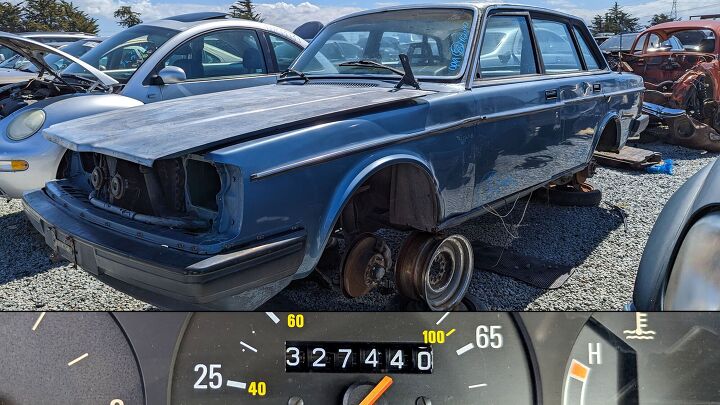

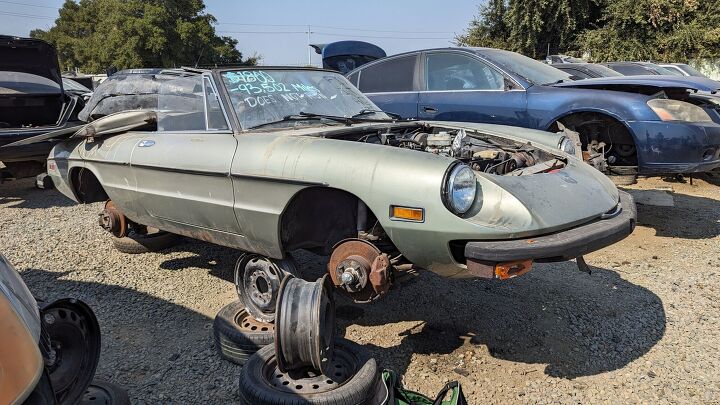




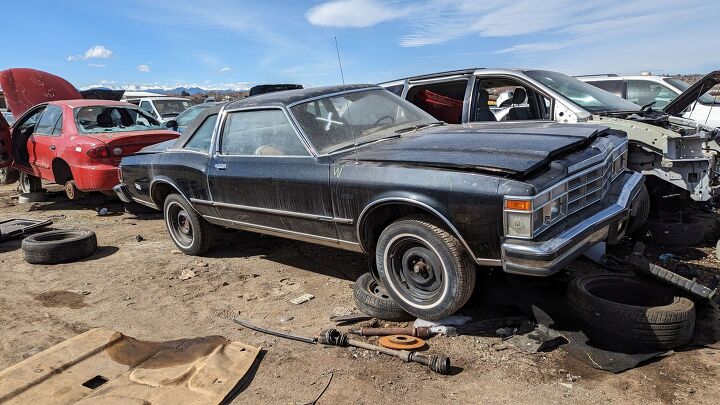


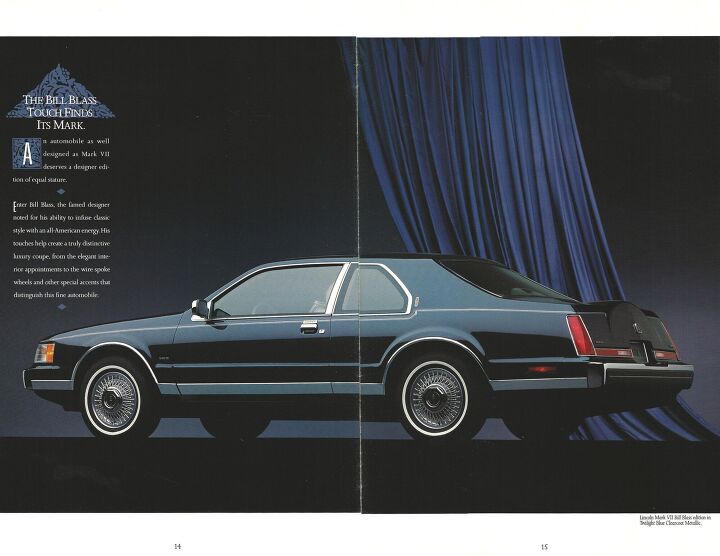
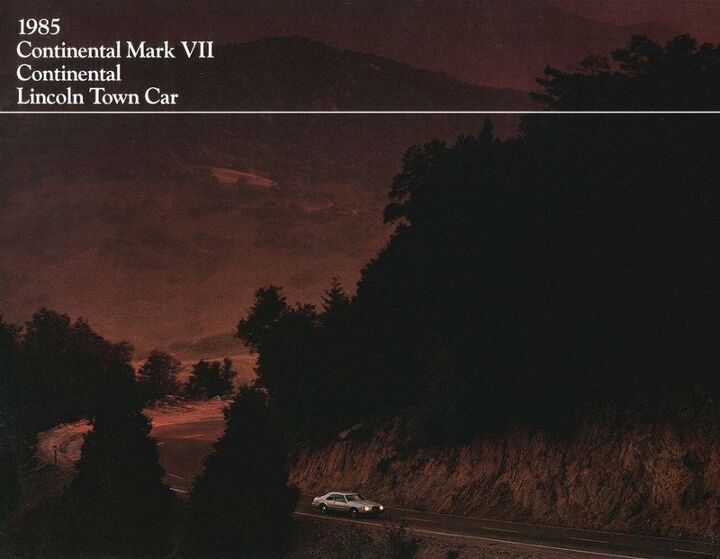
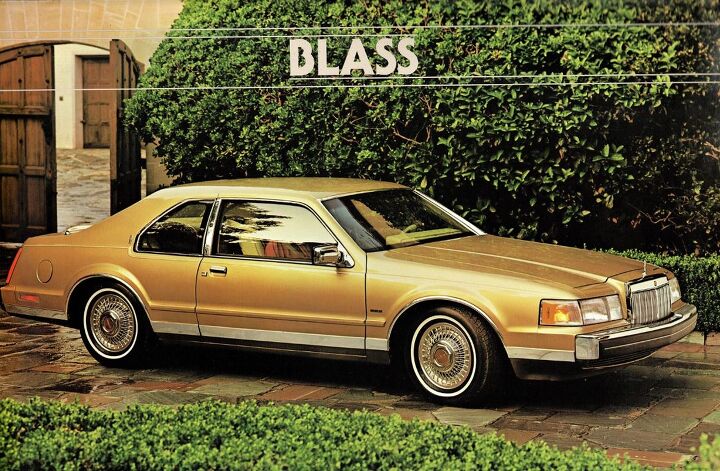












Recent Comments